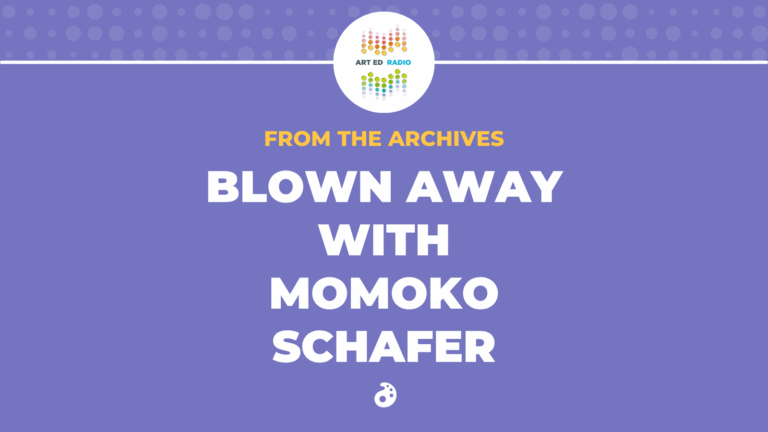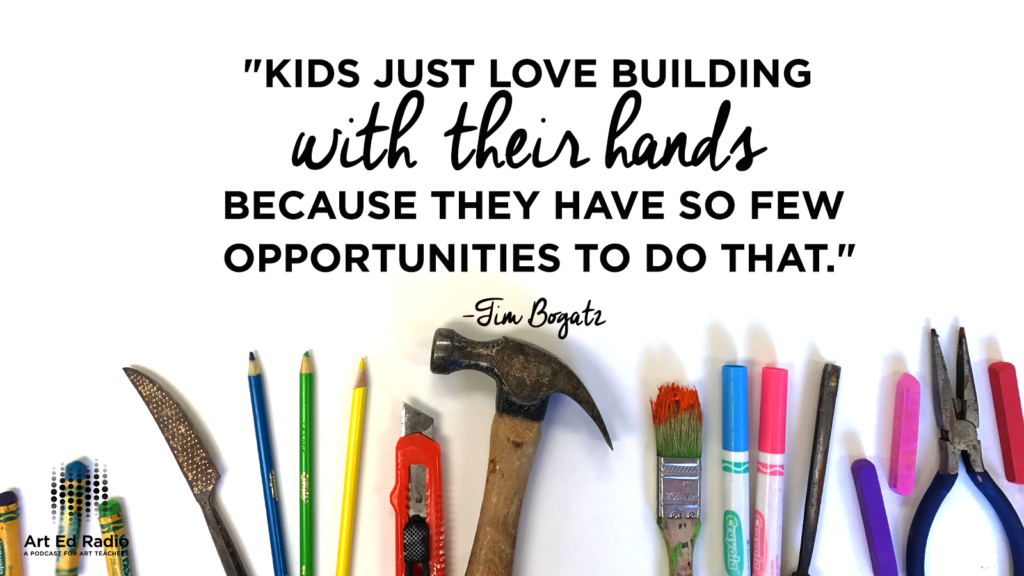Related

Podcast
Is This the Year for More Ceramics? (Ep. 481)
Teaching clay can feel messy and intimidating—but it doesn’t have to! In this week’s Art Ed Radio, Tim chats with...
Learn More

Podcast
From the Archives: Blown Away with Momoko Schaefer
In this episode from the archives, Tim sits down with the incredible Momo Schafer, glass artist and fan-favorite from the...
Learn More

Podcast
Pushing the Boundaries with Found Object Bookmaking (Ep. 473)
In today’s episode, artist and educator Juana Meneses joins Tim to explore the art of bookmaking with found objects. Juana...
Learn More

Podcast
The Joy of Trying Something New (Ep. 456)
Tim talks today about the joy of trying something new, and the importance of continued exploration of unique mediums and...
Learn More

